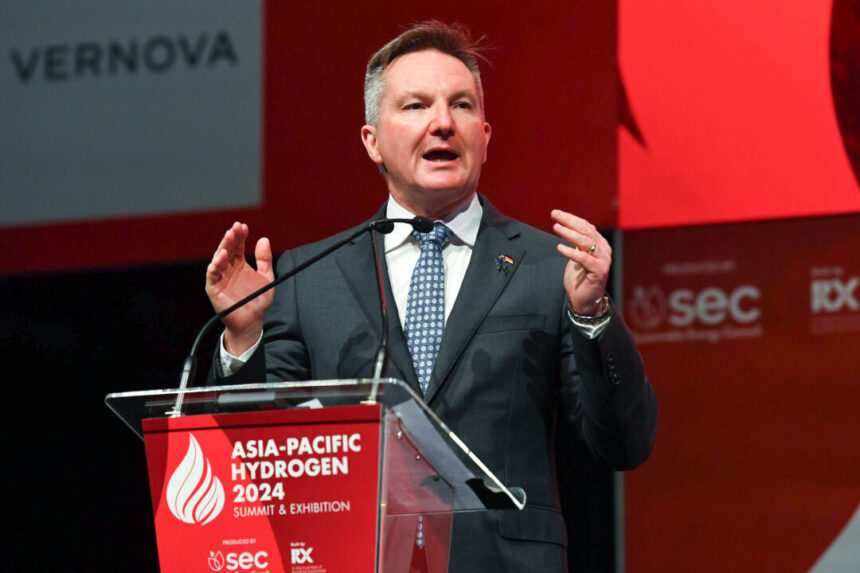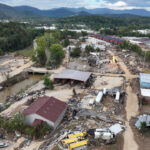The Labor government continues to criticize the opposition’s nuclear plan, referencing the CSIRO, AEMO, and Geoscience Australia. Prime Minister Anthony Albanese is set to unveil a new solar energy plant in Wodonga and a TAFE training center in the Hunter Valley of New South Wales, aiming to transition coal-reliant regions towards renewable job opportunities. The federal and NSW governments will invest $60 million over five years in the Hunter Net Zero Manufacturing Centre at Newcastle’s TAFE and $17 million in Australia’s first commercial solar thermal heat plant in Victoria’s Wodonga by 2026.
Albanese emphasized the government’s focus on creating jobs, investing in regions, reducing emissions, and lowering power prices. In contrast, Energy Minister Chris Bowen continued to challenge the opposition’s nuclear plan, rejecting the reliance on U.S.-based experts and advocating for Australia’s abundant renewable resources as a more cost-effective energy solution. He criticized the idea of adopting nuclear energy in a country with ample renewable energy sources, likening it to snowy countries embracing beach surfing.
Bowen referenced the CSIRO’s GenCost analysis, which found nuclear energy to be approximately six times more expensive than renewables when factoring in firming, storage, and transmission costs. However, the methodology of the GenCost report was questioned by former CEO of the Australian Nuclear Science and Technology Organisation, Adrian Peterson, during a parliamentary hearing. Despite differing opinions, John Harries, secretary of the Australian Nuclear Association, warned that Australia may need up to 100 nuclear reactors by 2050 to meet energy demands.
Overall, the government remains committed to promoting renewable energy sources and job creation in coal-reliant regions, contrasting with the opposition’s push for nuclear energy.
Source link






